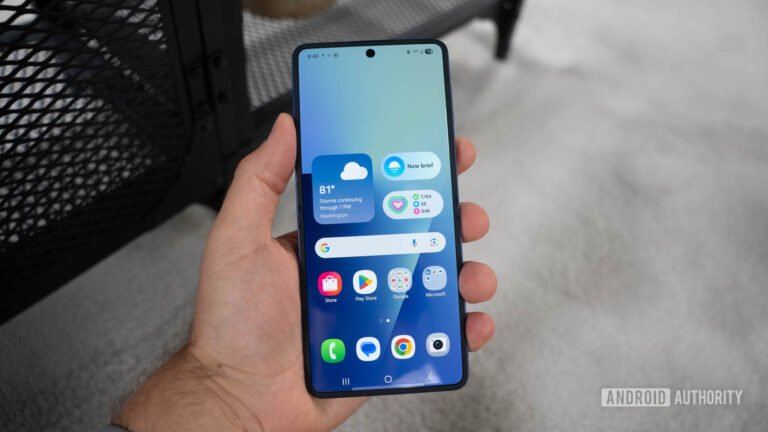The Trump administration’s crackdown on H-1B visas has significant implications for the Indian IT industry, which has long relied on these visas to send skilled workers to the United States. Here are some key aspects of the situation:
Background: The H-1B visa program allows US companies to temporarily employ foreign workers in specialty occupations, such as IT, engineering, and finance. Indian IT companies, such as Tata Consultancy Services (TCS), Infosys, and Wipro, have been major beneficiaries of this program, using it to send thousands of employees to work on client projects in the US.
Trump administration’s crackdown: In 2017, the Trump administration announced several changes to the H-1B visa program, aimed at protecting American jobs and promoting "buy American, hire American" policies. These changes include:
- Stricter eligibility criteria: The administration introduced more rigorous standards for H-1B visa applicants, making it harder for companies to sponsor workers.
- Increased scrutiny of visa applications: US Citizenship and Immigration Services (USCIS) began subjecting H-1B visa applications to more intense scrutiny, leading to higher rejection rates.
- Targeted site visits: USCIS started conducting unannounced site visits to companies that employ H-1B workers, to verify the legitimacy of their employment and ensure compliance with program rules.
- Proposed regulation changes: The administration has proposed several regulatory changes, including a plan to reverse the traditional order of H-1B visa selection, giving preference to higher-wage, higher-skilled workers.
Impact on Indian IT industry: The Trump administration’s crackdown on H-1B visas has upended the Indian IT industry’s traditional business model, which relies heavily on sending workers to the US on these visas. The industry is facing:
- Increased costs: The stricter eligibility criteria, increased scrutiny, and proposed regulation changes have led to higher costs for Indian IT companies, as they need to invest more in compliance and legal fees.
- Reduced access to US talent market: The changes have made it harder for Indian IT companies to access the US talent market, forcing them to explore alternative locations, such as Canada, Mexico, or Eastern European countries.
- Shift to nearshore or onshore delivery models: Some Indian IT companies are adapting by shifting to nearshore (e.g., Canada, Latin America) or onshore (US-based) delivery models, which can be more expensive but allow them to maintain a presence in the US market.
- Increased focus on digital transformation and automation: The H-1B visa crackdown has accelerated the Indian IT industry’s transition to digital transformation and automation, as companies invest in emerging technologies, such as artificial intelligence, blockchain, and cloud computing, to reduce their dependence on labor-intensive, visa-reliant business models.
Indian government’s response: The Indian government has been actively engaging with the US administration to address the concerns of the Indian IT industry, including:
- Diplomatic efforts: Indian diplomats have been meeting with US officials to discuss the implications of the H-1B visa changes and seek relief for Indian companies.
- Industry lobbying: The Indian government has been supporting industry lobbying efforts, such as those by the National Association of Software and Services Companies (NASSCOM), to advocate for a more favorable US immigration policy.
- Diversification of export markets: The Indian government has been encouraging IT companies to diversify their export markets, reducing their dependence on the US market and exploring opportunities in other regions, such as the European Union, Asia, and Latin America.
In conclusion, the Trump administration’s H-1B visa crackdown has significant implications for the Indian IT industry, forcing companies to adapt to a new reality and explore alternative business models, delivery locations, and technologies. While the Indian government is actively engaging with the US administration to address the concerns of the industry, the long-term impact of these changes remains to be seen.
